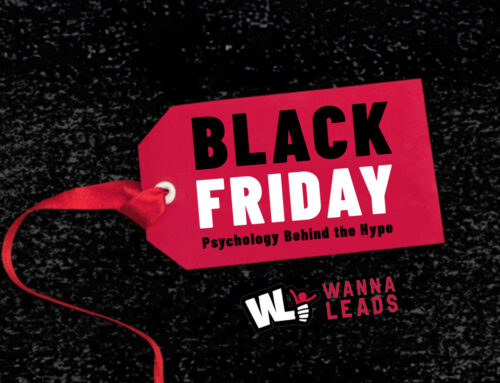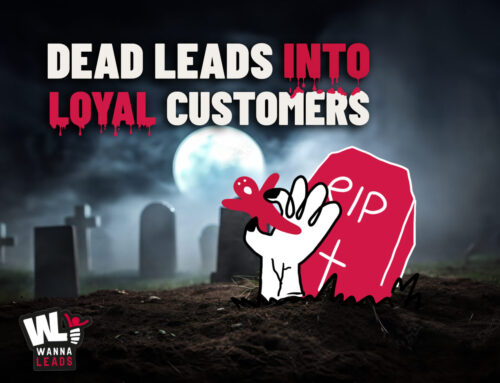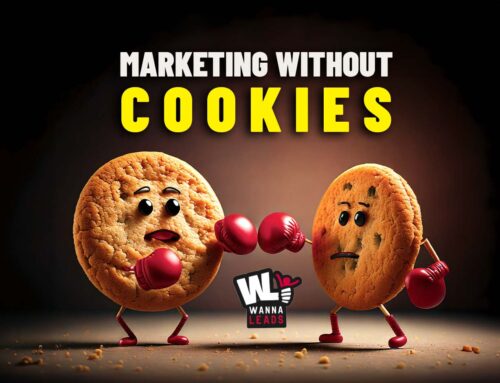
💡
In the competitive world of lead generation, businesses are constantly looking for the most effective ways to acquire high-quality leads while maximizing their marketing budgets. Among the most common strategies are Pay-Per-Click (PPC) and Pay-Per-Lead (PPL) advertising models. Although both approaches are effective for driving traffic and generating leads, they differ significantly in terms of cost, strategy, and overall return on investment (ROI). So, which one is more cost-effective for your business? Let’s take a closer look!
What is PPC? 🎯
PPC (Pay-Per-Click) is an advertising model where you pay each time someone clicks on your ad. It’s commonly used in search engine marketing, especially on platforms like Google Ads. In this model, advertisers bid on keywords relevant to their business, and when users click on the ad that appears in search results, the advertiser is charged for that click.
Pros of PPC:
- Immediate Traffic: One of the key benefits of PPC is that you can drive traffic to your site instantly once your ads are live. This can be a huge advantage if you need immediate visibility.
- Precise Targeting: With PPC, you can target specific demographics, locations, devices, and user behaviors. As a result, you can ensure that your ads reach the right audience, improving your chances of generating qualified leads.
- Measurable Results: The performance of PPC campaigns is easy to track. You can analyze how much you’re spending and assess the return on investment, making it easier to optimize your efforts.
What is PPL 💰
PPL (Pay-Per-Lead), on the other hand, is a model where you pay for each lead generated by your marketing efforts. These leads can be in the form of contact forms, email sign-ups, or other user actions that indicate interest in your product or service.
Pros of PPL:
- Cost-Effective for Lead Quality: Since you pay only for leads that show genuine interest, PPL ensures that your marketing budget is focused on acquiring actual prospects, not just clicks.
- Higher Conversion Potential: PPL typically attracts individuals who are further down the sales funnel, meaning they are more likely to convert into paying customers.
- Reduced Waste: In a PPL model, you avoid paying for clicks that do not lead to meaningful interactions, making it a more efficient use of your marketing resources.
If you’d like to learn more about the differences between them, here is additional information.
PPC vs. PPL: Which is More Cost-Effective for Your Business? ⚖️
1. Cost Comparison
In terms of cost, PPC can often be more expensive, especially if you’re bidding on competitive keywords. The cost-per-click (CPC) can accumulate quickly, and if those clicks don’t convert into leads, the cost-effectiveness decreases.
In contrast, PPL can often be more cost-effective because you’re paying for actual leads. Although the cost per lead might be higher at first, PPL focuses on acquiring high-quality prospects, which can ultimately provide a better return on investment in the long term.
2. Quality of Leads
While PPC offers immediate traffic, not all of those clicks will translate into leads. Some users may click on your ad out of curiosity but don’t take further action, leading to a lower conversion rate.
On the other hand, PPL is designed to focus on lead generation with higher quality. The leads you pay for are more likely to be people who have shown real intent and interest in your business, making them more likely to convert into customers.
3. Scalability
Both PPC and PPL are scalable, but the way they scale differs. With PPC, you can increase your budget to target more keywords and expand your reach. However, the costs may rise significantly, especially if you’re targeting competitive keywords.
In contrast, PPL focuses more on quality over quantity. By acquiring high-quality leads, your efforts become more sustainable as you scale, reducing the risk of wasted clicks or unqualified traffic.
4. Tracking and Analytics
Both models offer strong tracking capabilities, but PPL campaigns allow for more focused analysis. Instead of tracking only clicks, you can track the quality of the leads, providing deeper insights into how well your advertising is driving conversions.
If you are a company like WannaLeads, which specializes in lead generation, understanding the quality of your leads is crucial to delivering value to your clients. PPL campaigns often make it easier to measure this quality, ensuring you’re optimizing your efforts for the best results.
Which is the Better Option for Your Business? 🤔
The decision between PPC and PPL ultimately depends on your specific business needs and goals. Here’s a summary to help guide your decision:
- Choose PPC if: You need immediate traffic, want to boost your visibility quickly, or are targeting a broad audience. PPC is ideal for businesses that need instant results but can handle higher costs for clicks that may or may not convert into leads.
- Choose PPL if: You want to focus on high-quality leads that have shown interest in your products or services. PPL tends to deliver more qualified leads, which are likely to convert into paying customers. This model is ideal for businesses focused on lead generation and nurturing long-term relationships with prospects.
Conclusion: PPC vs. PPL—Which is More Cost-Effective? 💭
At the end of the day, both PPC and PPL offer unique advantages. PPC can drive immediate traffic and visibility, but it may not always result in the best-quality leads. PPL, however, ensures you’re paying for actual leads, which can lead to higher conversions and more efficient use of your marketing budget.
For businesses like WannaLeads, focused on lead generation, PPL may be the more cost-effective option as it emphasizes lead quality and nurtures more qualified prospects. That said, combining both models might be the best way to achieve a balanced approach—use PPC to increase visibility and traffic, and PPL to ensure you’re converting that traffic into high-quality leads.
Ready to maximize your lead generation efforts?
Want to learn more about how Wanna Leads helps you get the right offers without the annoying spam?
Visit wannaleads.co.uk and stay in the loop!



